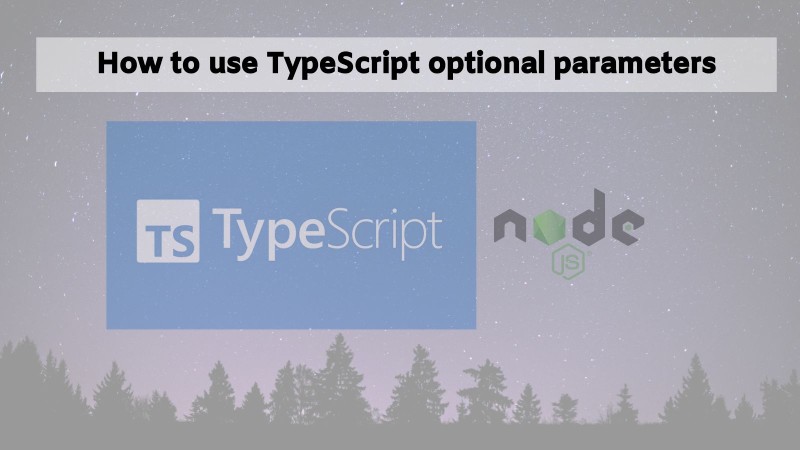Oracle today announced the latest generation of its Exadata X10M computing platform, with up to three times higher transaction throughput and 3.6 times faster analytic query performance than the previous X9M version at the same starting price.
The machine is based on Advance Micro Devices Inc.’s fourth-generation EPYC processors, which pack 96 cores into a single socket. Its storage server has 22% more data capacity and the all-flash storage servers support 2.4 times the capacity of the previous systems. Database servers now also have 50% higher memory capacity to enable more databases to run on the same system.
The greater density reduces the server footprint, which lowers the cost of power, cooling and floor space, Oracle said. Consumption-based pricing allows customers to deploy incremental development, testing and production environments without adding servers or systems.
Engineered for Oracle
“Exadata is engineered primarily for Oracle database workloads, so it has been optimized for that purpose, including hardware, software, network, storage and systems protocols,” said Ashish Ray, vice president of product management for Exadata, Oracle Autonomous Database, database cloud and high-availability computing. The architecture is also fine-tuned for improved performance in applications using JavaScript Object Notation, machine learning training models, in-memory columnar analytics and security.
Part of that objective is what Oracle calls “database-aware systems software.” It uses a scale-out architecture and network fabric that ties database and storage servers together. The storage servers are database-aware, meaning that the database can offload some query processing to them.
The new platform comes with support for up to 3 terabytes of Double Data Rate 5 asynchronous dynamic random-access memory, which features increased speed, capacity, bandwidth, error correction and voltage regulation compared with the previous generation. Five network interface cards can be added, up from three in the previous version. “Each of those cards could be used to drive 10, 25, 50 or even 100 gigabytes of network traffic,” Ray said.
High-speed network
Database and storage servers communicate using a specialized network card called Remote Direct Memory Access Over Converged Ethernet. “When the database servers need to access the storage servers, they are accessing storage server memory as if it’s memory mapped to [input/output],” Ray said. “They are not going through the standard TCP/IP connection or doing a CPU interrupt or context switch. The latency can be on the order of microseconds.”
Systems software manages load balancing and enables storage or database servers to be added or removed transparently, Ray said. “Customers can start with a small number of database servers and a small number of storage servers and then grow,” he said. They can also customize configurations to workloads. “If their workload tends to be I/O-intensive, they can pack in most storage servers. If it’s compute-intensive, they can pack in more database servers and scale-out.”
Storage comes in three configurations: extreme flash, high-capacity and extended storage. Extreme flash capacity has been increased from 51.2 terabytes to 122.88 terabytes in this version. There have also been modest capacity increases in other storage tiers.
The net impact is that “you can now drive massively parallel I/O processing for data-intensive workloads with no bottlenecks and extreme consolidation densities,” Ray said.
System software is built to work with the Oracle Autonomous Database to set policy-based priorities for resource allocation. For example, some applications may get higher priority over memory, storage and networking at certain times of the day than others.
Cloud or on-premises
Oracle will make the new exit data platform available both in its Oracle Cloud Infrastructure and on-premises through its Exadata Cloud@Customer offering. The company said Cloud@Customer is the only platform that runs both the Oracle Autonomous Database and Oracle Exadata Database Service in on-premises data centers. Both services can be colocated on the same Cloud@Customer system.
Regardless of where Exadata is deployed, “you’re getting the same architecture, the same hardware and the same control plane,” said Steve Zivanic, global vice president of database and autonomous services product marketing.
Oracle has a technical and commercial partnership with Microsoft Corp. through which customers can remain in the Azure cloud while developing and deploying applications on Exadata. “The entire back-end network integration is abstracted,” Ray said. “They don’t have to even know that the database is deployed on OCI.”
Photo: Ajinkya Kiran Soitkar/Medium
Your vote of support is important to us and it helps us keep the content FREE.
One-click below supports our mission to provide free, deep and relevant content.
Join our community on YouTube
Join the community that includes more than 15,000 #CubeAlumni experts, including Amazon.com CEO Andy Jassy, Dell Technologies founder and CEO Michael Dell, Intel CEO Pat Gelsinger and many more luminaries and experts.
THANK YOU
Source link










Leave a Reply